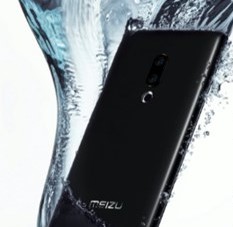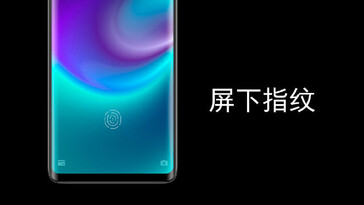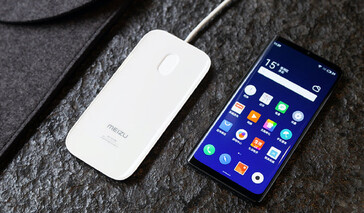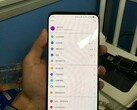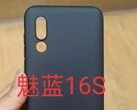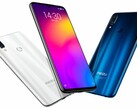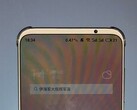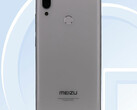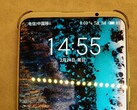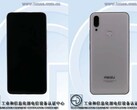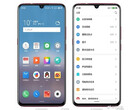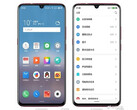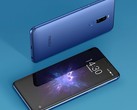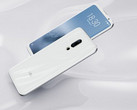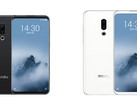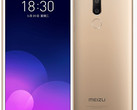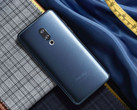Update: The Meizu Zero is available as a reward on an Indiegogo campaign set up to fund its manufacture. Its price starts at US$1299, although there is also a special "Exclusive Pioneering Unit" edition for $2499.
The OEM Meizu took to Weibo to tease a new device with an image that appeared to simply read "World's 1st" in English-language text. However, there was more to it, in the form of something like ninja text. The complete message read "World's 1st holeless phone". At the bottom edge of this image were the words "See you tomorrow!" (January 23).
As the ninja text was also accompanied by an emoji resembling a single camera module, it may have been reasonable to assume Meizu were referring to the emerging 'punch-hole' trend, and may have already transcended it in some way. However, it appears that when Meizu said "hole", what they actually meant was "port". To this end, the phone launched today was the Zero, a phone with a seamless 3D unibody without any connectors (or buttons, even!) of any kind. Meizu's new design has a front panel that curves downward toward the rear without interruptions of any kind.
Obviously, the new Zero can only use wireless charing. Meizu claims to have spent years developing its Super mCharge wireless charging, which, as the OEM asserts, is equivalent to 18-watt fast charging. The Zero also eschews inbuilt speakers as well as bottom-edge ports. Luckily, Meizu has readied its own take on Sound-on-Display, mSound 2.0, which allows audio, including that from voice calls, to emanate directly from the appropriate parts of the 5.99-inch OLED display.
The Meizu Zero is also IP68-rated, and can be submerged in water for up to 2.5 hours. There is a 20MP selfie camera - as well as the dual rear cameras also found on the Meizu 16 - although it is housed in a Samsung-esque forehead (also balanced by an equally Note 9-like chin), not in the display.
This ground-breaking design represents a potential wave of the future to which Meizu may have beaten other companies, perhaps even Google. However, the 100% unibody design may have some disadvanteages. For example, it depends on an eSIM for mobile connectivity, which are all too easily locked by carriers.
In addition, there is even less room for the poor old headphone jack than usual; external audio is completely delivered by Bluetooth 5.0. (Also, it is not clear how the Zero will handle audio input.) This means that those not in a position to live their best wireless audio lives may face adversity with this new apparent trend. Meizu has also opted for the Snapdragon 845, and not its 2019 successor the 855, to power the Zero.
The company also failed to mention availability or pricing for the Zero at its launch event. However, we do know it is finished in ceramic, which comes in white or black color options. What do you think of the Zero's design? Would you like to see more OEMs pick it up soon?




